2013年年初发表在《中国传播学刊》的这篇文章,有幸受到了翻译社群的关注,得到了赵嘉敏(译言创始人)的转发。两个很有趣的网站,政见和北大新媒体也做了这个研究的分享。这些回应都符合我们做学术与现实结合的action research的初衷,在此表示感谢。
0 Comments
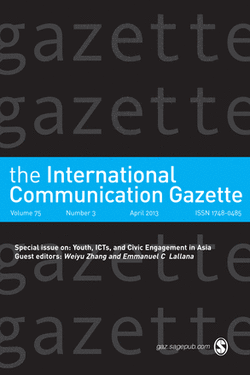 Our special issue on "Youth, ICTs and Civic Engagement in Asia" is published in International Communication Gazette!!! Thanks to my co-editor and project head Emmanuel Lallana, and dear collaborators Clarissa David, Mohammad Sahid Ullah, P. Vigneswara Ilavarasan, and Joanne Lim! Speical thanks to the editor, manager, and proofreader of this journal too. They are all so professional that this issue gets published smoothly and timely. Highly recommend my colleagues to submit to this journal! You can download the entire issue HERE! A table of content is found here.  Dhaka, Bangladesh Dhaka, Bangladesh The “Youth, ICTs, and Political Engagement in Asia” project spanned over three years from 2009 to 2012 and officially closed on November 15, 2012. The five-country (Singapore, Malaysia, Philippines, India, Bangladesh) comparative study was funded by International Development Research Center, Canada through ideacorp, the Philippines, after a competitive review process. A grant of SGD 170,000 was utilized to conduct 143 in-depth interviews and 41 focus group discussions. About 35 researchers were recruited, trained, and organized to contribute to this project. The project has been presented as a panel at the 19th Asian Media Information and Communication (AMIC) conference and the 2012 conference of International Association of Media and Communication Research (IAMCR). 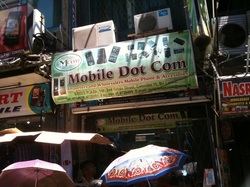 Colombo, Sri Lanka Colombo, Sri Lanka We have completed an administrative report on this three-year journey we have taken part in. The process has been anything but comfortable, expected, or business as usual. We took great pain in detailedly documenting this process and hope that our experience would add into the practical wisdom about working in this region. For example, one sad loss is that we were unable to sustain a research partnership in Sri Lanka, a country that I set my own feet in and has inspired me tremendously. Although this administrative report would not be counted in any research institutes as academic publications, it nevertheless provides a rare account of doing research in developing countries and its various challenges. If you are wondering how tough a researcher's job could be, please click here. 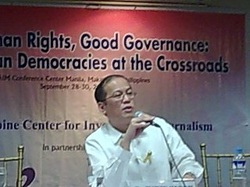 Noynoy Aquino Noynoy Aquino When the project started, Noynoy was still the son of Corazon and had little interest in contesting for the president. He was still free enough to participate in the anniversory event held by one of our Philippine partners. One blogger journalist asked a question about his hairstyle and he was not annoyed at all. Now the then fresh face in the Philippines politics became the 15th President. It is hard not to think that the young activists we have interviewed would become someone important enough to reset the trend and open up a new era of Asian history. One of our responsibilities is to articulate such potential based on what young activists themselves have told us and envisioned their future. Our Filipino collaborator, Dr. Clarissa David and I co-authored a short piece on the significant trends of digital activism among Asian youth and presented the findings at the CeDem Asia conference held in Singapore last year. Our presentation slides can be viewed here. The short reflection is now available online here. 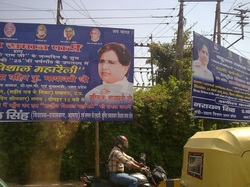 Delhi, India Delhi, India Last but not the least, our academic outputs are forthcoming as a special issue in International Communication Gazette. Each of the five countries produced a focused paper on the most salient aspects of youth activism through ICTs found in their country. You will expect to see them out in March/April this year. But we have done much more than the five papers. Each of the five countries also compiled a background report of the very basic information of the country, including youth population, ICT penetration rates, participation policies, media policies, youth policies, development of new media, and political culture and climate. These reports can be found here. I was invited to deliver a keynote lecture for the 22nd International Youth Forum in Seoul, organized by The Ministry of Gender Equality and Family and The National Council of Youth Organizations in Korea. It was a great opportunity for me to ponder on what I have done in the last three years when trying to run a six-country comparative research project. I really did not want to lecture my audiences as they probably have heard much in school. The four words in the title are among the most meaningful to me in the recent years. It is a speech that targets myself as well.
The two sections on Change and Youth are presenting the factual observations I had during my research trips. The last two on Failure and Excellence tried to convey a message: Excellence does not require success and heading to a highly possible failure is a brave choice that already indicates excellence. Allow me to insert an excerpt here: "Alright. It seems that failure is a given fact and success is only the beautiful scenery we enjoy on our way to greater failure. So what are we trying to achieve here? What are we challenging ourselves to get? What are we risking our comfort for? If it is neither success nor failure, what is it? It is excellence. Excellence, by definition, means the fact or state of excelling. To excel is to surpass the ordinary standards. As long as we are trying to surpass what have been achieved by either others or ourselves, we are excelling or we are headed towards excellence. A sportsman excels when she breaks her own record. A student excels when she learns new knowledge. A politician excels when she speaks for the neglected. Excellence is different from success because it is more about your own pursuit than conforming to how others judge you. It is you who decides what to excel, how to excel, and when to stop. As long as a person excels in her own regard, we should show our full respect." I truly thank my colleague Catherine Candano for reviewing the manuscript and giving me feedback. A full manuscript can be found here. [The following is my complete reply to an interview request from the Straits Time in August 2009. I have no idea whether they published my opinions and if not, it is all right. I still appreciate that they pushed me to think of what I am doing days and nights and put them into some writing that tries to make a bit sense to general readers.]
The first thing we have to realize is that youth today lives on new media such as cellphones, facebook, youtube, twitter, etc. By saying “live on”, I mean they not only use new media as sources of information, which is a role that traditional media often play, but also make things happen in the sphere of new media platforms. It is no longer clear that whether activism refers to online or offline activities. Both could be considered as actions that citizens can take towards certain ends. For example, a protest in the speakers’ corner is treated as political activism. Now you can sign an online petition on the same issue and it could be treated as activism as well. Since new media become an integral part of youth’s life, it is natural that they get engaged in various activities through new media. If everyone of your friends is on Facebook and joins a group, it is very likely that you will join the group as well. In a global context, living on new media or living with new media has been well documented in the US (see Mimi Ito’s report “Living and learning with new media”) and the UK (see Sonia Livingstone’s book “Young people and new media”). Second, a traditional theory considers three factors as crucial to participation in activism: 1. The opportunities – new media provide many opportunities to get to know about various causes (e.g., google) and to really contribute to such causes (e.g., online donation). But we also have to acknowledge that many governments, including Singapore, now try to open more channels for youth to be active. Governments in the US and the UK are often concerned about the relatively lower rate among youth in terms of participating in traditional forms of political activities (e.g., voting). They want to engage youth in ways that are consistent with their life style. New media is one key component of their life style. A good example is how Obama tried to reach youth by youtube videos. The Singapore government recently further opened up space for civil society to initiate social changes. Some social service groups are encouraged and supported by the government. This means the opportunities are more available and visible than before. 2. The motivations – as I mentioned before, the motivations of getting involved in activism may be higher if most of people in your social networks are doing that. Social media such as facebook and twitter give users a very good tool to monitor the activities going on within their social networks. Such tools are often strong enough to organize collective actions, too. Both factors may contribute to higher efficacy and interest, which are important motivations that influence participation. 3. The ability – the tool function of new media should not be ignored because it empowers youth to make a difference. For instance, making an online video that favors a cause and getting tons of audiences viewing it are differences that youth can clearly see. Third, the global trend of new media activism can influence local youth. The Iran Revolution on twitter, the Obama campaign on the internet, the blog influence on Malaysian elections, and so on. These are all good examples that may inspire local youth. In short, Singapore youth now has the ability to make a difference in the social sphere. Whether they can make a difference to policy-making, it depends on both the government’s degree of acceptance (which seems increasing) and the motivation of a big enough crowd who is dedicated to the cause. |
Weiyu Zhang
I am an Associate Professor at Department of Communication and New Media, National University of Singapore. Categories
All
Archives
January 2019
|

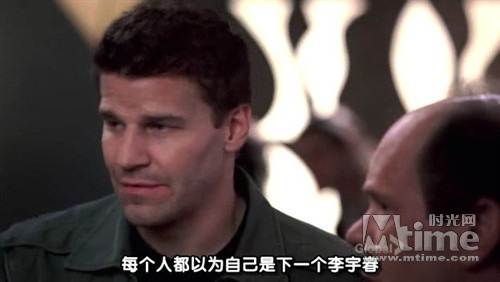
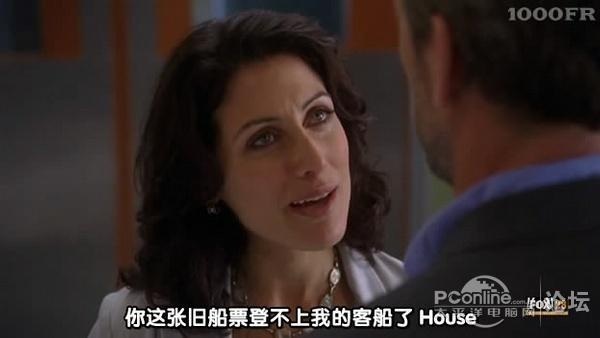
 RSS Feed
RSS Feed
